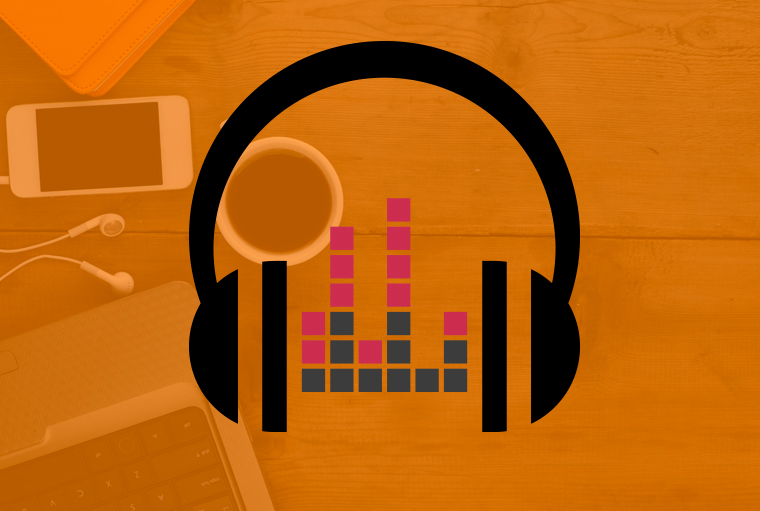The truth is, i just love learning. I really enjoy picking up new skills and the process of figuring out how to do things. But, at the same time, I don’t want to invest a lot of money on something until I have a better understanding of it.
So here’s what I did:
Research and Learn
Before you buy anything, go to youtube and watch videos on podcasting. I did, and in few hours, I knew everything I needed to know to get started. Since I’m a combination between a visual and audio learner, I prefer videos.
Make an Equipment List
After I had a good idea of what I’d need, I made a list of items and began searching eBay, amazon, and other sites for the cheapest I could find. I bought all used equipment the first time around so even if things went south, my initial cash outlay was minimal.
You’ll need an audio mixer, a mic, the necessary cables, a set of headphones, a computer or other device to record with, and an ability to edit the audio. When I’m away from a computer, I use a portable digital audio recorder for interviews, et cetra, but you don’t need that right away.
I’ve since become a fan of Behringer‘s products, so I personally (and professionally) recommend them. They even have a “podcasting kit” that comes with everything you need to start out. That’s not how I started, but I totally get the logic behind it and that may be a way for you to move forward.
Again, I’d buy it used off of eBay or another site. As long as you produce a quality product, the equipment doesn’t matter. As you get better at it of course, and it starts to pay for itself, you’ll probably upgrade—just like I did.
Listen to Other Podcasts
If I’m honest, I hadn’t listened to too many podcasts before I decided I was going to make my own; I’ve always listened to audio programs (instructional in nature), but I started listening to them around the same time I started making them simply because I wanted to understand format, et cetra. You should do the same; take a look at what’s out there and see where you fit in. Get ideas from what other people are doing. Once you’ve done that, it’s time to start organizing.
Put Together Your Script
You need to put down on paper, so to speak, what you want to say. I use a skeletal outline, as opposed to a long script (I only do word for word if it’s TV related). For me, it’s easier to have guidelines than to try to memorize things. You may have to do it differently than I do, and that’s cool. Just figure out what works for you.
In this script, you’ll also want to put down opening, any music or special audio you have created (you don’t have to at first, but it’s worth doing). I have an intro, commercials, and an outro. Those were scripted and recorded for me by professionals; you can find tons of people online who can do it for you, or you can do it yourself. The same goes for royalty music.
Put Together Your Kid
Once everything you order arrives, put it all together and test it. There’s free audio editing software out there (I use Adobe Audition, which is fee based) that you can download for your PC or Mac. You can even use your phone or other recording device, but it’s a bit more complicated. Once you have it all together, it’s time to do some basic tests. If it’s all working, sit down and give it a try.
That’s it really; that’s how I was able to start it for under $50. Actually producing it, tweaking it, doing the graphics, getting an Itunes or other account, et cetra is best saved for another post because there’s a ton to go over.
In the meantime, you can check out my podcast Head Change.
Equipment ideas:

